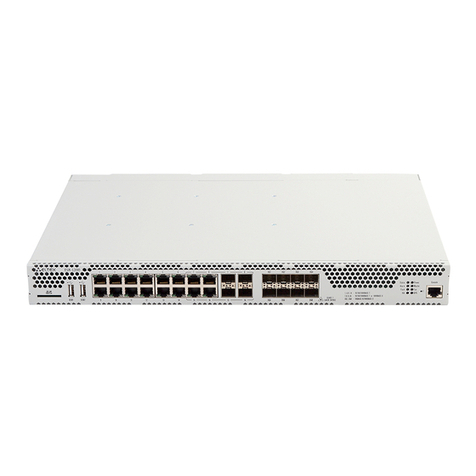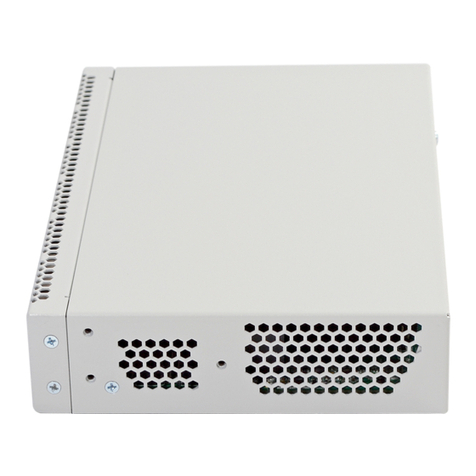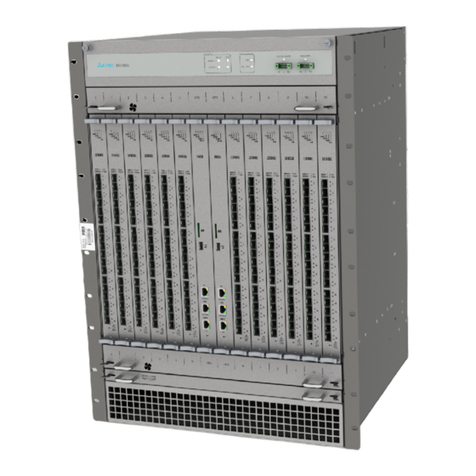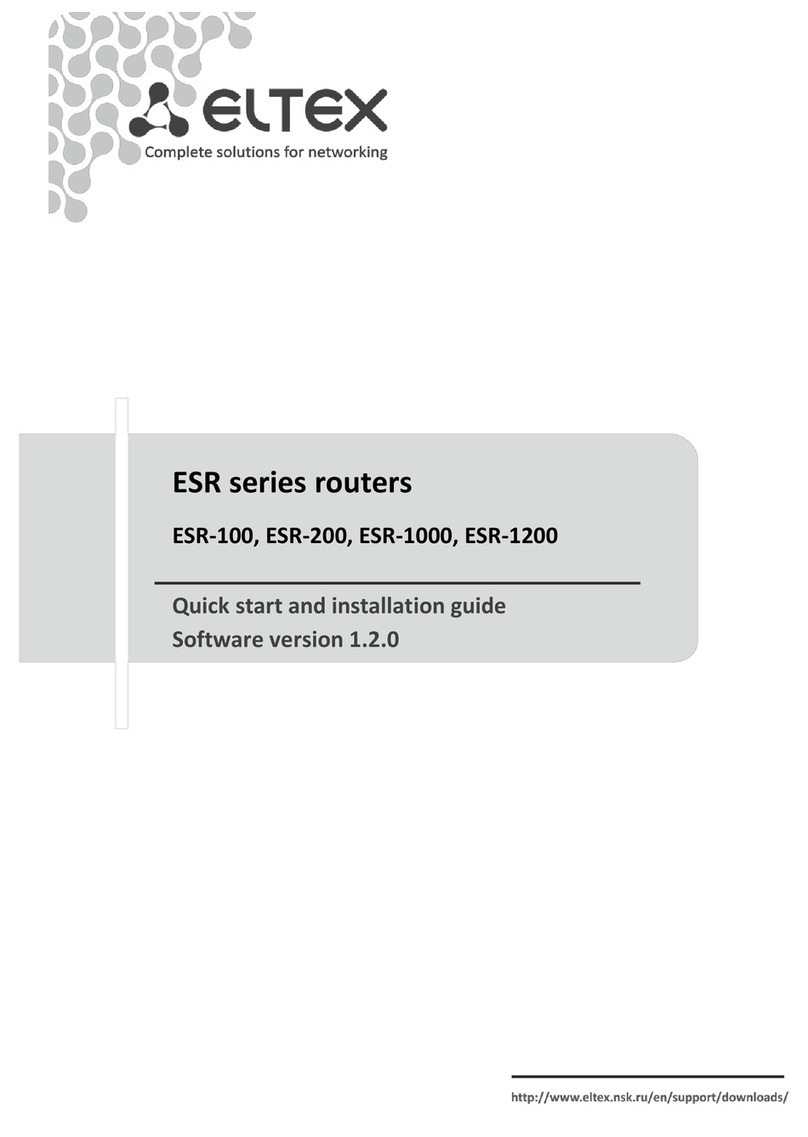____________________________________________________________________________________
____________________________________________________________________________________
NTU Optical Network Terminals 3
CONTENTS
1 INTRODUCTION ................................................................................................................................. 5
2 PRODUCT DESCRIPTION .................................................................................................................... 6
2.1 Purpose ......................................................................................................................................... 6
2.2 Models .......................................................................................................................................... 6
2.3 Device Specification...................................................................................................................... 6
2.3.1 NTU-2V(C)............................................................................................................................ 6
2.3.2 NTU-2W ............................................................................................................................... 8
2.3.3 NTU-RG ................................................................................................................................ 9
2.4 Key Specifications ....................................................................................................................... 11
2.5 Design ......................................................................................................................................... 13
2.5.1 NTU-2V .............................................................................................................................. 13
2.5.2 NTU-2VC ............................................................................................................................ 14
2.5.3 NTU-2W ............................................................................................................................. 16
2.5.4 NTU-RG-1402G-W ............................................................................................................. 18
2.6 Light Indication ........................................................................................................................... 19
2.6.1 NTU-2V .............................................................................................................................. 19
2.6.2 NTU-2VC ............................................................................................................................ 20
2.6.3 NTU-2W ............................................................................................................................. 21
2.6.4 NTU -RG-1402G-W ............................................................................................................ 22
2.6.5 Reboot and Reset to Factory Settings ............................................................................... 22
2.7 Delivery Package......................................................................................................................... 22
3 DEVICE ARCHITECTURE.................................................................................................................... 23
3.1 NTU-2V(C) Architecture .............................................................................................................. 23
3.2 NTU-2W Architecture ................................................................................................................. 26
3.3 NTU-RG-1402G-W Architecture.................................................................................................. 29
4 NTU-RG-1402G-W CONFIGURATION VIA WEB INTERFACE. USER ACCESS ..................................... 33
4.1 The Device Info Menu. Device Information................................................................................ 34
4.1.1 The Summary Submenu. Device General Information ..................................................... 34
4.1.2 The WAN Submenu. The Status of Services...................................................................... 34
4.1.2.1. The Detail Submenu. Detailed Information............................................................. 35
4.1.3 The LAN Submenu. LAN Ports Monitoring. Wi-Fi Interface Status Monitoring................ 35
4.1.4 The Statistics Submenu. Traffic Flow Information for Ports of the Device....................... 35
4.1.5 The Route Submenu. The Routing Table........................................................................... 37
4.1.6 The ARP Submenu. ARP Protocol Cache ........................................................................... 38
4.1.7 The DHCP Submenu. Active DHCP Leases......................................................................... 38
4.1.8 The Wireless Station Submenu. Connected Wireless Devices.......................................... 38
4.1.9 The Wireless Monitor Submenu. Detected Wi-Fi Networks............................................. 39
4.1.10 Voice submenu. Monitoring the phone port states......................................................... 39
4.2 The Advanced Setup Menu. Advanced Settings......................................................................... 40
4.2.1 The LAN Submenu. Configuration of Main Parameters.................................................... 40
4.2.2 PPPoE menu. PPP1 Settings .............................................................................................. 41
4.2.3 The NAT Submenu. NAT Settings ...................................................................................... 41
4.2.3.1. The Virtual Servers Submenu. Settings of Virtual Servers....................................... 41
4.2.3.2. The Port Triggering Submenu. Port Triggering Configuration................................. 42
4.2.3.3. The DMZ Host Submenu. DMZ Settings................................................................... 44
4.2.4 The Security Submenu. Security Settings.......................................................................... 44
4.2.4.1. The IP Filtering Submenu. Addresses Filtering Configuration ................................. 44


































